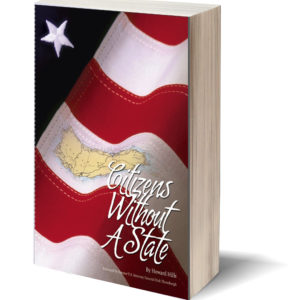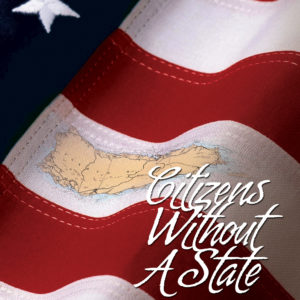Ask the average American which places might become the 51st state and you will probably hear an obvious answer: Puerto Rico. You might also hear Washington, D.C. suggested. These are the places that have strong statehood movements, that have requested statehood, and that have had statehood bills passed in the House of Representatives.
But there are other answers.
Who else wants to be a state?
Right now, Google will answer the question with links to reporting on President-elect Donald Trump’s joke about making Canada the 51st state. That’s not at all likely. But there are other statehood movements.
The Illinois Separation Referendum Movement, for example, points to 33 counties in the state of Illinois that want to split from Cook County, home of Chicago. These rural counties feel that they have no voice in Illinois government and decision making. 40% of the state’s population lives in Cook County, and most of the state’s elected representatives come from that county, too. New Illinois would be a rural state with different priorities from Chicago’s, according to the voters who want to form a new state.
California has had many suggestions to divide the state in two, and part of Oregon has agitated to join Idaho. In fact, from Massachusetts to Arizona there have been hundreds of proposals like these. Often these kinds of movements are based on a perception that different parts of a state have too little in common to work together toward shared goals. Most often, it is rural, conservative counties wanting to separate from urban, liberal counties.
Is it possible to split up a state?
It is an option. The old state’s legislature must agree to the new state, as must the U.S. Congress. The part of the U.S. Constitution that spells this out is the same part that explains how Puerto Rico can become a state:
“New States may be admitted by the Congress into this Union; but no new State shall be formed or erected within the Jurisdiction of any other State; nor any State be formed by the Junction of two or more States, or Parts of States, without the Consent of the Legislatures of the States concerned as well as of the Congress.”
West Virginia, for example, split from Virginia when Virginia seceded to become part of the Confederate States of America during the Civil War.
The concerns of rural Illinois are not as severe as those of West Virginia, and we expect that Puerto Rico will become a state before New Illinois does.







No responses yet